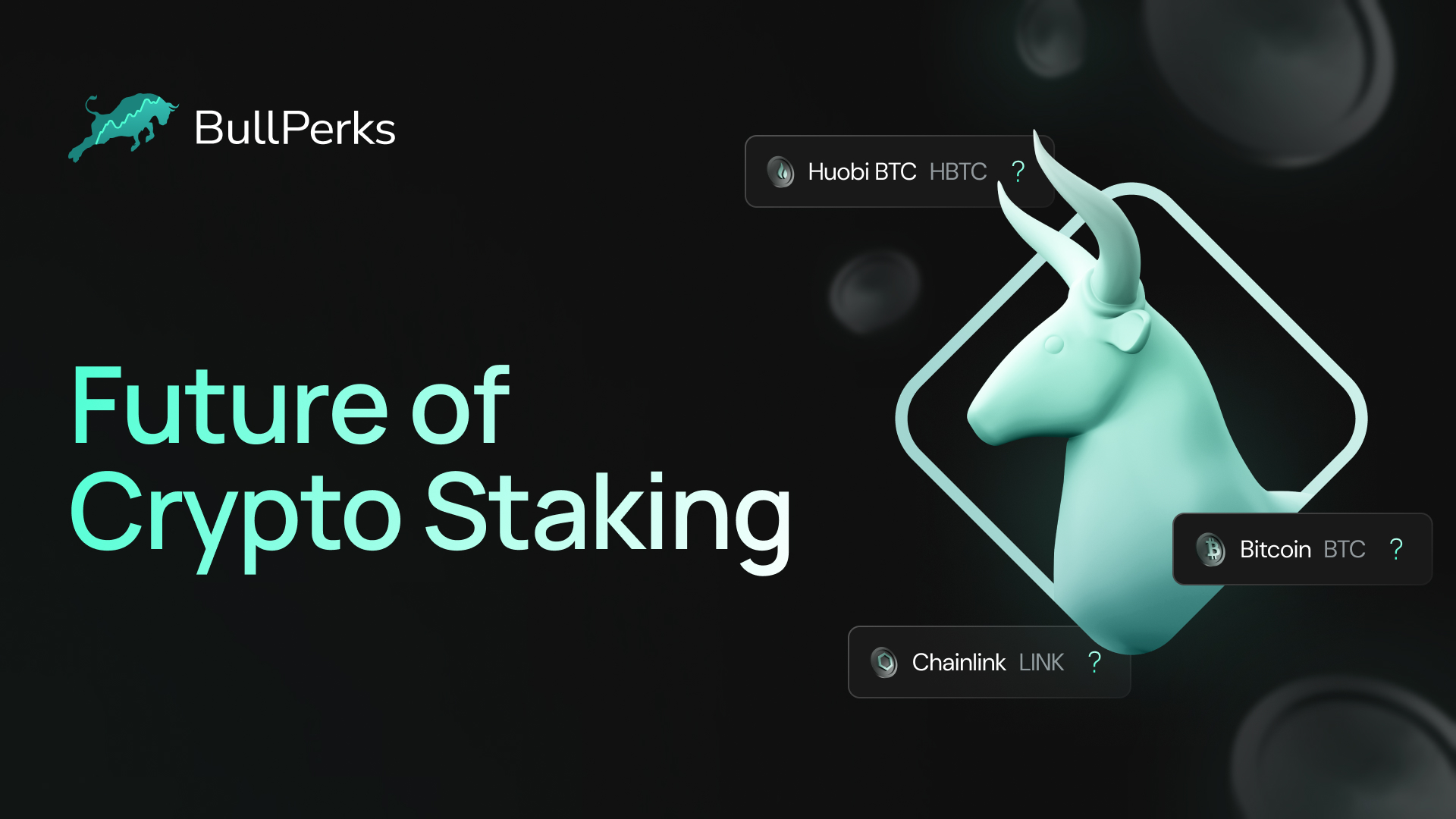Stablecoins Full Explanation
02 Jun, 2022
 In a market as volatile as cryptocurrencies, stability is often a precious and necessary asset. Stablecoins combine the stability of traditional assets with the flexibility of digital ones. Cryptocurrencies like Bitcoin and Ethereum offer many benefits, including decentralization, peer-to-peer transactions, and more. However, one of the key disadvantages of cryptocurrencies is volatility. It means that their prices are unpredictable and tend to fluctuate a lot. Stablecoins solve this problem. Although the operation mechanism varies from one coin to another, stablecoins are more resistant to volatility, so you will not see significant changes in their prices. In this article, let's take a look at how stablecoins work.
In a market as volatile as cryptocurrencies, stability is often a precious and necessary asset. Stablecoins combine the stability of traditional assets with the flexibility of digital ones. Cryptocurrencies like Bitcoin and Ethereum offer many benefits, including decentralization, peer-to-peer transactions, and more. However, one of the key disadvantages of cryptocurrencies is volatility. It means that their prices are unpredictable and tend to fluctuate a lot. Stablecoins solve this problem. Although the operation mechanism varies from one coin to another, stablecoins are more resistant to volatility, so you will not see significant changes in their prices. In this article, let's take a look at how stablecoins work.What Is a Stablecoin?
Stablecoins are cryptocurrencies with a fixed or stable exchange rate. Backed by other assets makes the value of stablecoins less prone to price volatility, hence the name. They are a universal unit of calculation, convenient for trading, and protecting the investment portfolio from the volatility of cryptocurrencies. Stablecoins can have various sources and assets as collateral. The most popular types of stablecoins are centralized and algorithmic, and each has both advantages and disadvantages.How do Stablecoins work?
Like any new asset class, cryptocurrencies are subject to market forces. Accordingly, many crypto projects are actively exploring ways to reduce risk and increase participation in the wider crypto ecosystem. Current decisions go far beyond the usual buy, sell and stop orders of markets. Instead, price stability is built directly into the assets themselves. As a result, a completely new subset of the crypto market has emerged, known as Stablecoins. These tokens are designed to work with stability.Is Bitcoin a Stablecoin?
No, Bitcoin is not a stablecoin. A stablecoin is a cryptocurrency that has a non-volatility price, while Bitcoin is a cryptocurrency whose price is inherently volatile. The concept of stablecoins is introduced only to minimize the price volatility of Bitcoin and other cryptocurrencies. As one of the most popular cryptocurrencies, Bitcoin price rises and falls all the time, making crypto traders wait for the right moment to trade and exchange their Bitcoins.What Are the Most Popular Stablecoins?
There are hundreds of stablecoins on the cryptocurrency market. Here is a list of the top 10 stablecoins:- Tether (USDT)
- USD Coin (USDC)
- Binance USD (BUSD)
- TerraUSD (UST)
- Dai (DAI)
- TrueUSD (TUSD)
- Pax Dollar (USDP)
- Fei USD (FEI)
- USDD (USDD)
- Magic Internet Money (MIM)
What assets are stablecoins pegged to?
In the crypto industry, the most common stablecoins are pegged to the dollar price. The most famous example of such a coin is Tether (USDT). 1 USDT equals $1 and has minimal deviations from this price. There are stable cryptocurrencies based on other currencies, such as the euro — Stasis Euro (EURS) or the Singapore dollar — XSGD. You can also buy stablecoins pegged to the price of gold, such as PAX Gold (PAXG) and Tether Gold (XAUT). Unlike traditional gold-based instruments, such as ETFs, stablecoin issuers do not charge a management fee, and settlements in cryptocurrencies are faster and cheaper.
Pros of Stablecoins
Stability
Stablecoins have the same value for crypto investors and traders as fiat currency for traditional markets' participants — they provide stability. When volatility increases, traditional investors can direct part of the assets from their portfolios into cash or treasury bonds, and crypto investors can rely on stablecoins.An effective means of trading
Cryptocurrency investors and traders often turn to stablecoins in a volatile market. Buying stablecoins allows them to stay in the crypto market and not wait for the fiat money transfer within several days.Increase in liquidity and volume
The stability and efficiency of stablecoins inspire confidence in the cryptocurrency market, so more people are ready to work with them. The growth in the number of market participants increases trading volume and market capitalization. This, in turn, leads to more liquidity, which increases the efficiency of the cryptocurrency market. Efficiency improvements also enable more accurate asset pricing, resulting in fairer asset prices.
What can you do with a stablecoin?
Minimize volatility
Assets such as stablecoins can give buyers and sellers the confidence that the value of their tokens will not rise or fall unpredictably in the near future. The stability of stablecoins is suitable for both beginners and experienced traders and makes them an excellent asset to save or invest in, especially during bear market periods.Run interest
Traders and investors can earn interest with stablecoins through lending and staking. Lending is the borrowing of stablecoins in exchange for interest payments from borrowers. Staking is the process by which cryptocurrency transactions are verified. By staking your coins, you get the opportunity to receive rewards. The more coins you deposit, the more you can potentially earn.Easily and quickly transfer assets
You don't need a bank account to hold stablecoins, and they're easy to transfer thanks to fast transaction processing and low fees. In addition, stablecoins can be quickly transferred worldwide, including to places where it is difficult to buy US dollars or where the local currency is unstable.Stablecoins vs. Traditional Fiat Currencies
Stablecoins are issued by cryptocurrency companies. These digital assets are backed by more traditional financial investment vehicles. They can be pegged to any fiat currency and foreign exchange-traded commodities, precious or industrial metals. To issue these cryptos, companies need to deposit the equivalent amount of fiat currency, such as US dollars, into bank accounts. Some stablecoins use other cryptocurrencies as collateral. Non-collateralized stablecoins use an algorithmically driven approach to control the supply of stablecoins. Whichever method is used, stablecoins' value is maintained at the same level against the peg. There's no inflation to change it. Stablecoins pegged to the value of the US dollar are affected by the inflation rate of the dollar. While their price remains the same, the actual value of $1 may change. What is more, it is worth remembering that stablecoins are not accepted everywhere, and crypto projects can also fail and lose value. To date, there are more than 2,000 "dead" cryptocurrency projects.
Fiat currencies are issued by national governments and are not backed by assets. Their value depends on the central bank and the authorities of the country. The central bank can regulate the number of banknotes in circulation by printing and withdrawing them from use. If the country ceases to exist (as happened to the USSR), its fiat currency will become just a worthless piece of paper since there is no government to support it.
Although fiat currencies are generally accepted, they are subject to inflation and can quickly depreciate. In the event of inflation, the monetary unit's purchasing power is sharply reduced. Governments often print too many banknotes to keep up with the general rise in prices. If inflation is very fast and out of control, fiat currency usually loses value in the foreign exchange market. In the worst case, this currency should be replaced by another alternative asset.
Stablecoins pegged to the value of the US dollar are affected by the inflation rate of the dollar. While their price remains the same, the actual value of $1 may change. What is more, it is worth remembering that stablecoins are not accepted everywhere, and crypto projects can also fail and lose value. To date, there are more than 2,000 "dead" cryptocurrency projects.
Fiat currencies are issued by national governments and are not backed by assets. Their value depends on the central bank and the authorities of the country. The central bank can regulate the number of banknotes in circulation by printing and withdrawing them from use. If the country ceases to exist (as happened to the USSR), its fiat currency will become just a worthless piece of paper since there is no government to support it.
Although fiat currencies are generally accepted, they are subject to inflation and can quickly depreciate. In the event of inflation, the monetary unit's purchasing power is sharply reduced. Governments often print too many banknotes to keep up with the general rise in prices. If inflation is very fast and out of control, fiat currency usually loses value in the foreign exchange market. In the worst case, this currency should be replaced by another alternative asset.











